In our last post we explained the red winemaking methods. Today we’ll do the same with the production method for white and rosé wines.
The process to obtain these is, in general, very similar to that for red winemaking; nevertheless, there are some crucial variations to the process, as we’re obtaining a very different result.
Harvest
The process, just like with red wine, begins at harvest. The goal of this step is to pick the grapes at their optimum ripeness, so the sugar levels in the must are adequate for fermentation. Harvest in Spain is in September and October. Once we have the grape bunches, we begin the process to produce grape must. To obtain white wines, we will use grape varieties with white skin -and must-; for rosé, on the other hand, we use grape varieties with red skin, and must.
Destemming and crushing
Through destemming, a task carried out today with specialized machines (destemmers) the grapes are separated from the stalks (grapes and stalks for the “bunch”). This way we make sure that the must’s flavor will not be altered through contact with leaves, stems, or other foreign elements. Once the stems are removed, and without crushing, we obtain the first must (or “free-run juice”, known in Spanish as “mosto yema”, “lágrima” or “flor”). This free-run juice is obtained through gravity; the grapes are stacked on top of each other and the weight of the fruit causes the release of small amounts of very high quality must. After extracting this free-run juice, the grapes are lightly crushed to extract “pressed juice” and separate the must from the skins, seeds, and solids. During the crushing and pressing stage, we have to make sure the seeds remain uncrushed to prevent the presence of bitter aromas in the juice.
Maceration
Maceration entails leaving the must in contact with the grape skins for a certain amount of time. This way, the must acquires color and other characteristics from the skins, like tannins, body, etc. For red wine, the maceration can take days, as it’s linked with the primary fermentation process. In white wines, on the other hand, this process is inexistent or very short (between 12 and 16 hours) and at a lower controlled temperature (16º C; 60 F) to prevent primary fermentation from starting. For rosé, skin contact will be slightly longer (about 24 hours) while also preventing primary fermentation by maintaining maceration at low temperatures. From this stage on, the winemaking process for white and rosé wine is the same.
Bleeding and Desludging
Through the “bleeding” process, the must is separated from the stalks, stems, and seeds, and transferred from one vat -the maceration vessel- to another -the fermentation vessel-. “Desludging” entails letting the must rest in the new tank to allow the solids that remain suspended to be decanted to the bottom of the tank and removed.
Fermentation
Once we have a “clean” grape must, the primary fermentation begins. Temperature is very important at this stage, keeping them low (14 - 16º C / 57 – 60 F) to maintain the cold chain. This preserves the aromatic complexity of the varieties that will make up our final wine. White and rosé wines generally undergo this primary fermentation in stainless steel tanks, although the use of oak vats is also widespread. During primary or “alcoholic” fermentation, the yeasts feed on the fructose (sugars) present in the grape must, turning them into ethyl alcohol and carbon dioxide. The levels of dryness in the resulting wine (dry, semi-dry, semi-sweet, or sweet) will depend on the time we allow the yeasts to act: the longer they act, the more sugar they will consume; hence, the longer the fermentation time, the drier the wine, and the shorter time, the sweeter. Fermentation can be interrupted at will using chemistry (by the addition of sulfites) or physics (by lowering the temperature in the fermentation vessel). On some occasions, the wine will be subject to a second fermentation or “malolactic fermentation” which transforms the malic acid into lactic acid, softening the final flavor. After this secondary fermentation, the wine will be left in contact with the solids generated by the yeasts, or “lees”. If we wanted to age or mature our wine (most white wines, as well as a large part of rosés, are unoaked) this would be the stage to introduce the wines in oak barrels or casks, which would add other nuances in aromas and flavors to the final wine.
In some cases, during the final phase of fermentation, the so-called malolactic fermentation takes place, which transforms malic acid into lactic acid, which softens the final flavour of the wine. After this last fermentation, in some cases the wine is left to remain with the solid remains generated by the action of the yeasts, i.e. with its lees.
If we wanted to give our wine crianza (most white wines do not usually have crianza and practically no rosé), this would be the moment to introduce it into oak barrels, which would add certain notes of aroma and flavour to the final product.
Racking
Racking is the process through which the wine is moved from one vessel to another to remove the suspended solids that could remain in the wine and aerate it.
Clarification and filtering
To continue “cleaning” the wine and removing its impurities, the next step in the process entails adding clarifying agents that drag the remaining -and very small- suspended particles to the bottom. This could include filtering the wine through membranes with micron-sized pores to complete the process.
Bottling
The final step in the production of white and rosé wines is bottling. During their time in bottle, wines continue to develop, balancing their flavors and solidifying their aromas. For white and rosé, because they are usually not subjected to long aging periods in oak casks, the time between bottling and consumption is a lot shorter.
This is, in a very general and succinct way, the winemaking process for white and rosé. Most wineries will tweak this process to produce unique and personal wines, as is the case of Vivanco Blanco -a pioneering blend of three white varieties (Viura, Tempranillo Blanco, and Maturana Blanca) vinified separately and made exclusively from free-run juice-; and Vivanco Rosado, made by vinifying Tempranillo, Garnacha Tinta, and Garnacha Blanca. This innovation, brought about through the use of Garnacha Blanca, allows us to get closer to Rioja wine culture and a particular wine, “clarete”. These wines are made mostly with white grapes, with a small number of red grapes being added. The result is a more refreshing, paler wine. With the addition of Garnacha Blanca, we innovate by reinterpreting the traditional “clarete” style of Rioja’s Najerilla river valley and turn our rosé into a very unique wine.
Cheers!






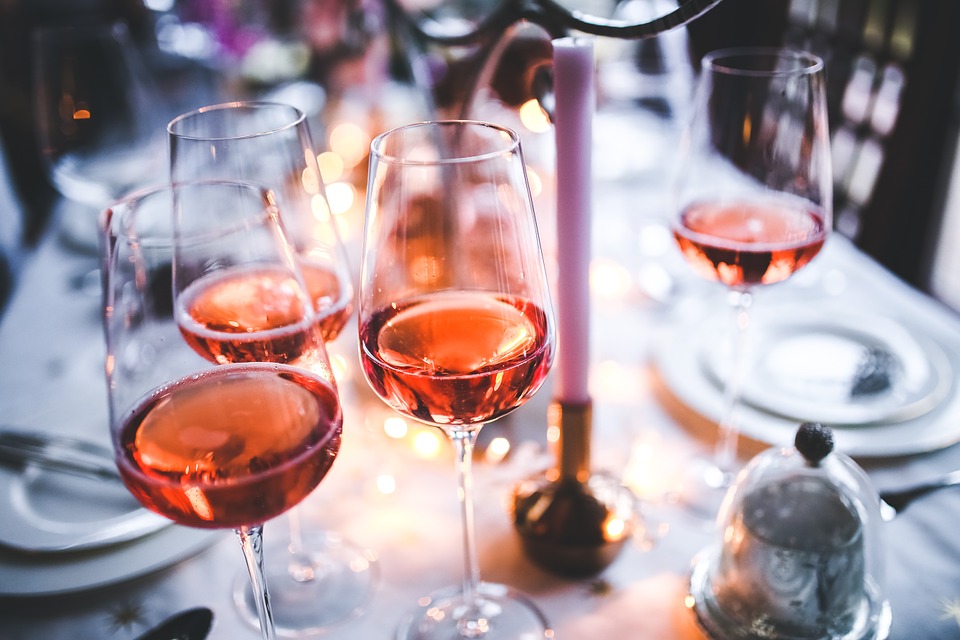


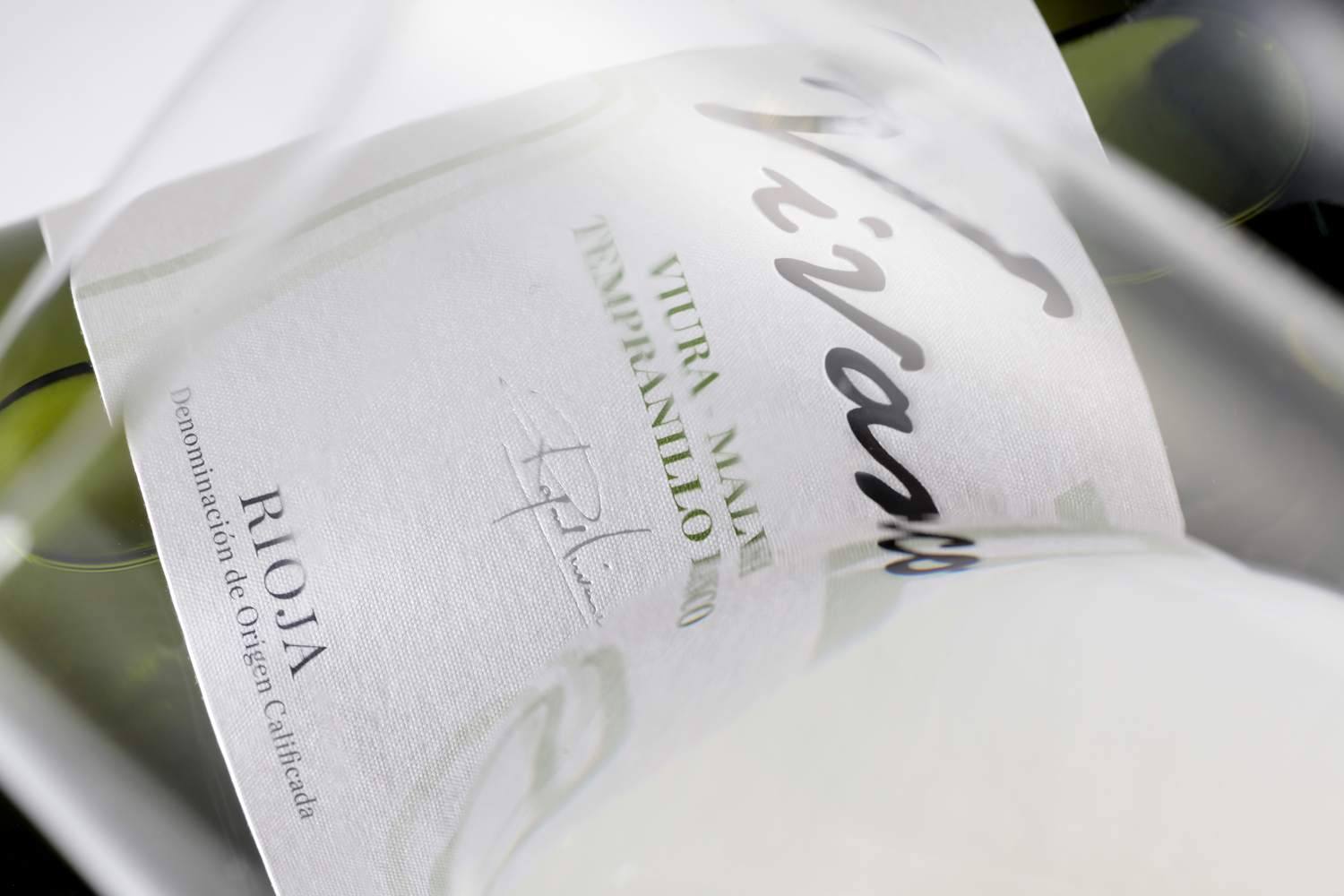
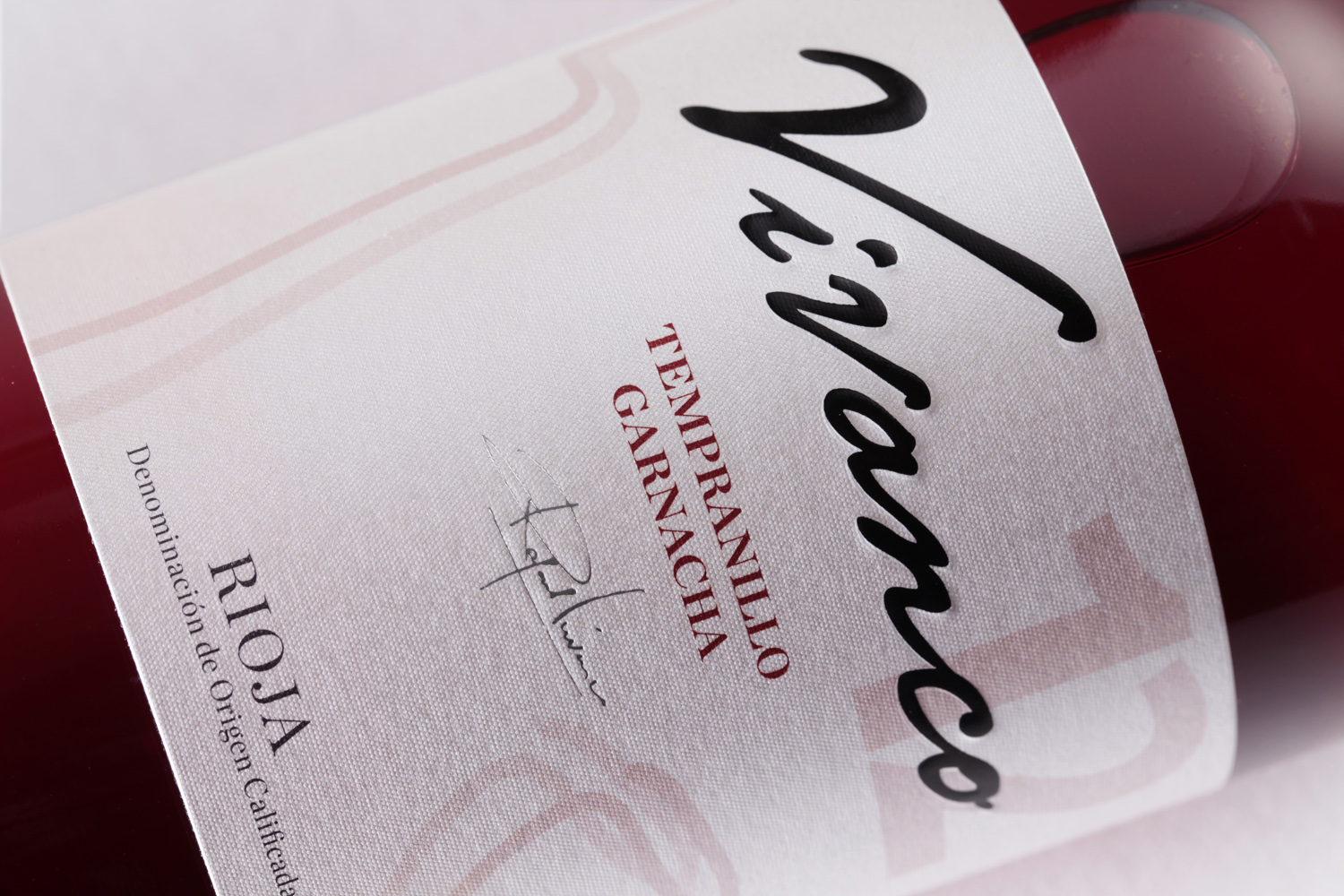
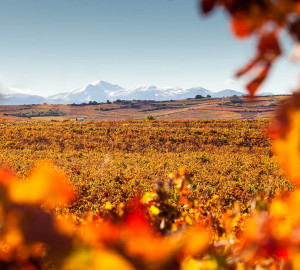
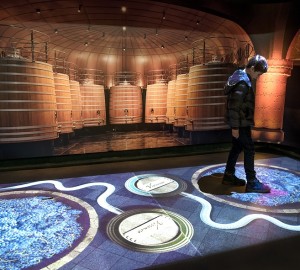
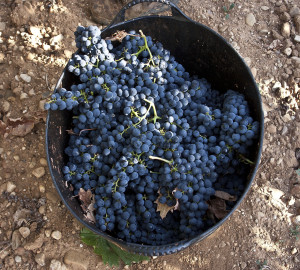







I would like to try your wines, I don't know where to find them in Elche (Alicante).
Hello Juan Lorenzo,
Our distributor in Alicante is Luga Sabores: http://www.gegarri.com/areaclientes/productos/DO-RIOJA/402/
Best regards!